A prosperous middle class eager to express its status and its new sense of national pride, replaced the church and monarchy as the primary patrons of art.
1600 - 1700

A prosperous middle class eager to express its status and its new sense of national pride, replaced the church and monarchy as the primary patrons of art.
1600 - 1700
We're making new content all the time!
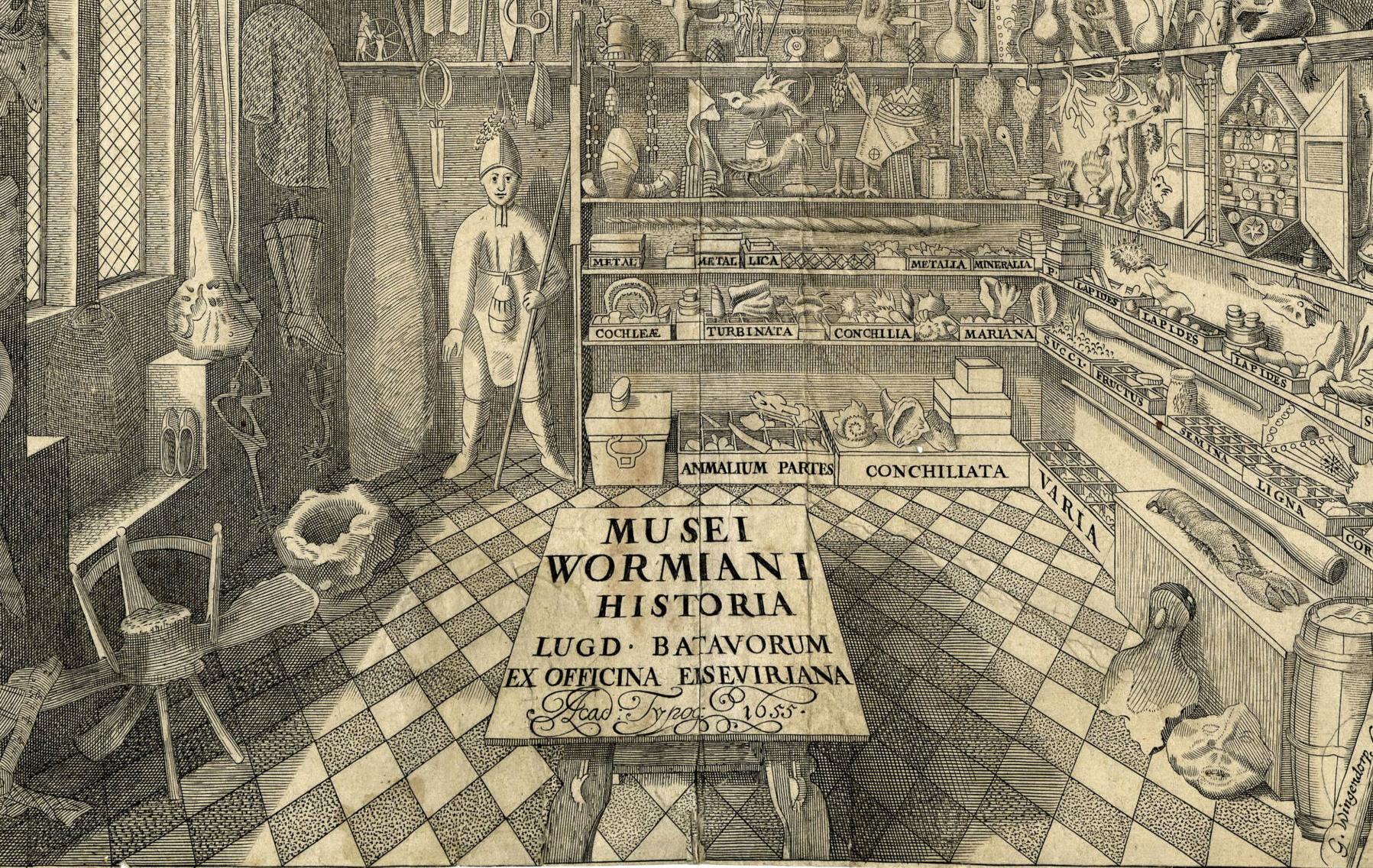
This catalog describes a very particular kind of room: a 17th-century curiosity cabinet.
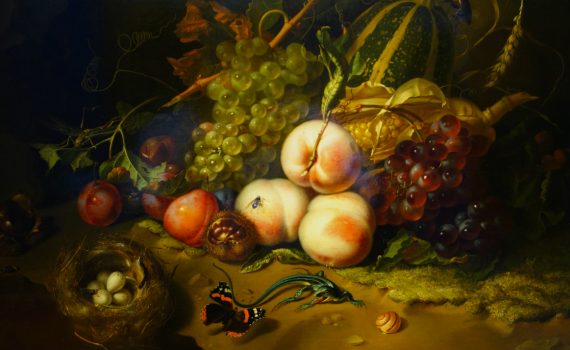
No wonder Ruysch treats each element of this still life like a scientific specimen—her father preserved insects.
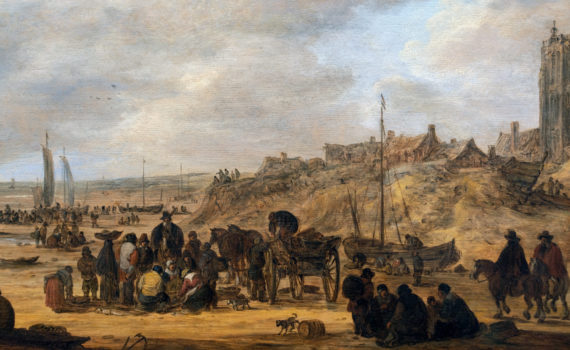
More than 5 million artworks were produced in 17th-century Holland in the span of about 100 years
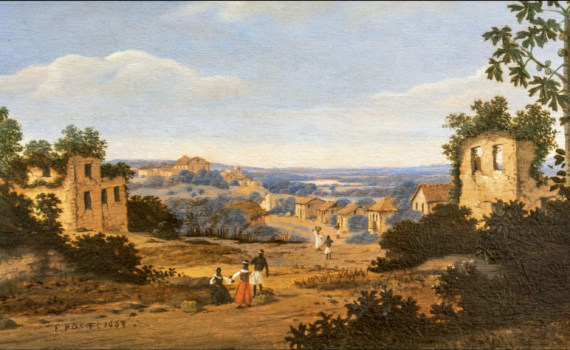
Idealized depictions of sugar plantations and African laborers in Dutch-colonial Brazil were popular in the Dutch art market in the 17th century
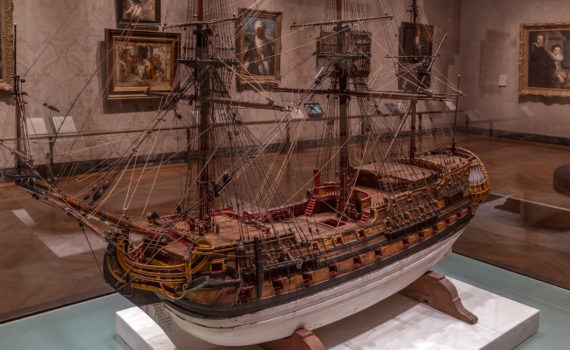
From Asia to the Netherlands, the Dutch East India Company dominated maritime trade in the 17th and 18th centuries.
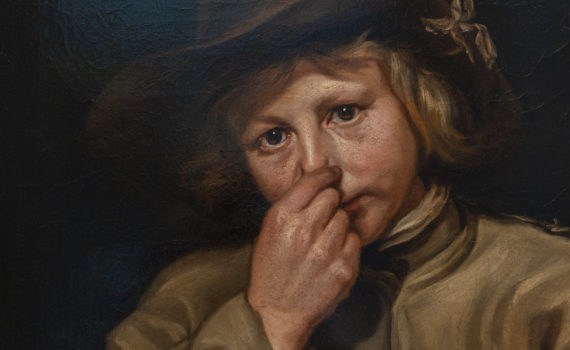
This willfully forgotten Dutch artist explores how we experience the world around us during the time of the Scientific Revolution.
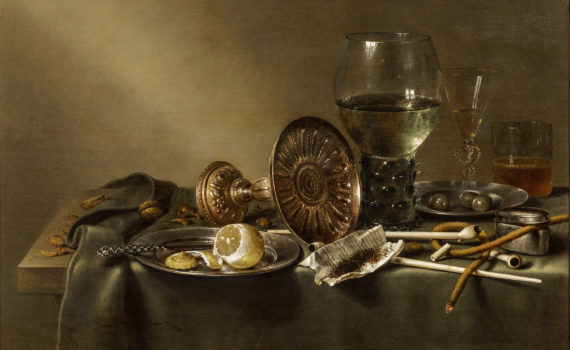
This collection of objects speaks to the international mercantile culture and wealth of the Netherlands in the 17th century.
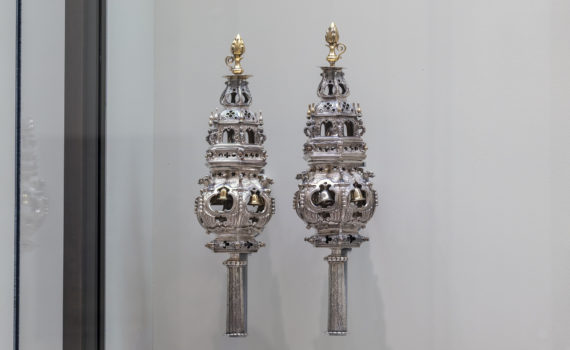
One of the earliest of its type, these architectural finials would have decorated a Torah, the sacred text of Judaism, and feature dragon-like creatures and bells
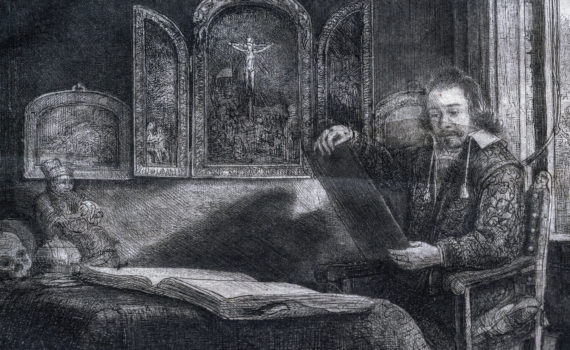
This intimate portrait of Rembrandt's friend and his collection also hints at the city of Amsterdam's wealth and global connections at this time
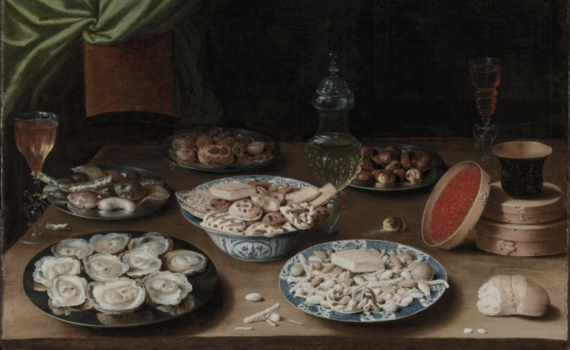
What lies behind this ornate display of pewter, oysters, blue-and-white porcelain, and sugary sweets?
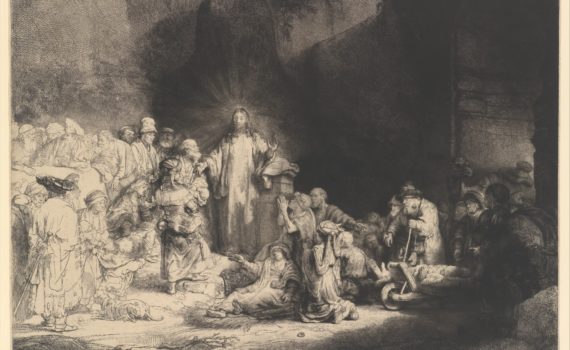
One of Rembrandt’s most technically ambitious prints has been primarily known more for its price tag than for its subject: The Hundred Guilder Print.

Curated Guides are collections of Smarthistory videos and essays curated and organized by leading scholars into strategic pathways for learning and teaching. Check out the 3 types of guides: The Basics, Syllabi, and Thematic Series!
Curated Guides are part of an ongoing effort to make Smarthistory even more useful for educators and learners everywhere. Stay tuned for more updates!